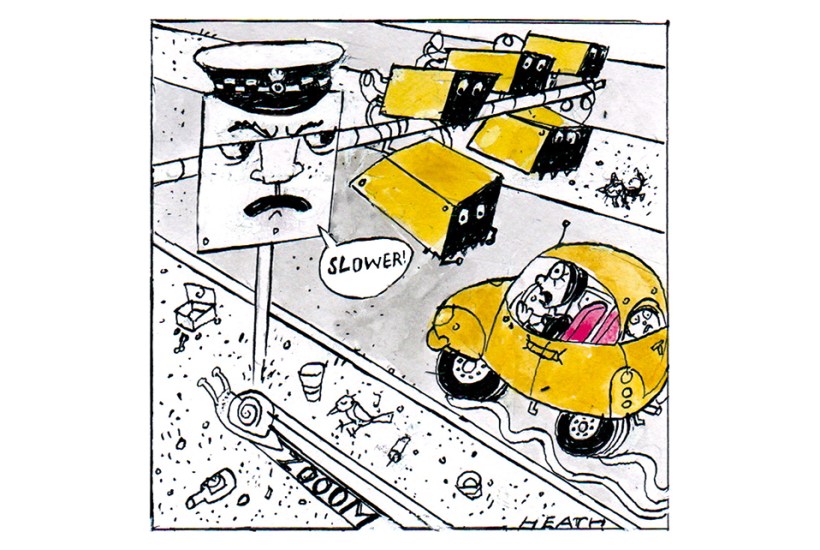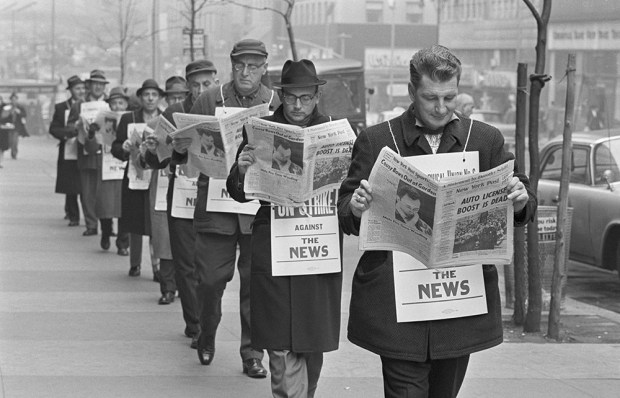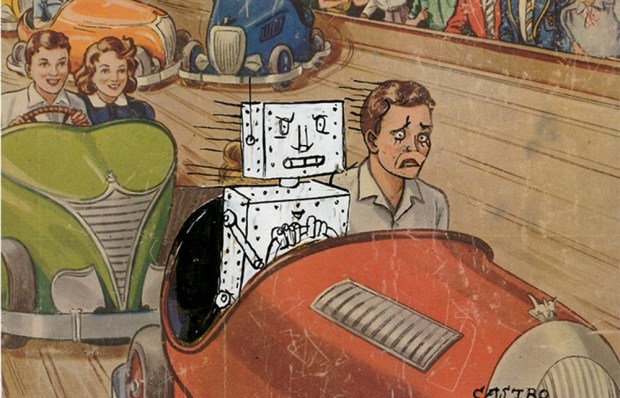Imagine you are choosing between two proposed road-improvement plans, but have the budget for only one. Both of the roads mooted for improvement are 20 miles long, and your sole aim is to reduce average journey time by as much as possible. Which would you choose?
1) Improving Road A, which increases the average speed from 20 to 25mph (i.e. 25 per cent faster).
or
2) Improving Road B, which increases the average speed from 40 to 65mph (62.5 per cent faster).
The majority of people, including many experts, instinctively plump for B. Unfortunately they are wrong. They needn’t feel bad about it, however, as a similar version of this conundrum, posed by Max Wertheimer, briefly bamboozled Einstein.
Improving Road A cuts 12 minutes off the journey time, while improving Road B saves only 11 minutes and 32 seconds. Weird, no? Well, only until you remember that someone travelling slowly to begin with has more time on the road to profit from any gain in speed. For instance, increasing the average speed on a 20-mile road from 100mph to the speed of light would save you slightly less than 12 minutes, whereas increasing the speed from 1mph to 5mph would save you the better part of a day. So, to anyone bemoaning the loss of Concorde, I say buy a scooter. Over the course of your life, it will save far more time.
I thank my former colleague Pete Dyson for alerting me to this seeming paradox, which of course isn’t a paradox at all. It is a problem in perception (or perhaps a failure to apply insights from the work of Gerd Gigerenzer to the comparative presentation of statistics). We assume relationships between time, speed and distance are proportionate, when in reality they are curvilinear. My original question is adapted from O. Svenson, 2008. ‘Decisions among time-saving options: when intuition is strong and wrong’ (Acta Psychologica 127, 501-509).
Several implications emerge from this bias. It suggests gains from making fast things faster may be a lot less significant than they seem, while we tend to underestimate gains from creating or improving slower forms of transit (the Heathrow Pods, for instance). Such ‘proportionality bias’ needs to be factored into decision-making even before we include many other costs incurred by making fast things faster – air resistance, energy costs, safety and the fact that slower roads carry a higher density of traffic. And that’s even before you consider my beloved psychological hacks: for instance, improving wifi on trains and allowing passengers to board sooner could reduce wasted journey time by 90 per cent, the equivalent of travelling from London to Manchester at Mach 2. Unfortunately, engineers get more aroused by the prospect of solving engineering challenges than by solving human problems (I am willing to bet that when HS2 finally leaves the buffers, the onboard wifi will be rubbish and there will be very few tables).
Two other things to take on board here. Firstly, driving much above the speed limit on motorways is a mug’s game. The best way to reduce journey time on long motorway journeys is to make your family perform pelvic floor exercises to strengthen their bladders. At the other end of the scale, we need to think harder before reducing speed limits from 30 to 20mph. In time lost per ten miles, this is equivalent to reducing motorway speed limits from 70 to 33mph. As a consequence, it will increase congestion by increasing the time each vehicle spends on the road.
And if this is a science-led decision, why must speed limits be a multiple of ten, when 25mph might be sensible? I suspect this is not evidence-based policy-making at all. It is policy–based evidence-making. Typically forged by Londoners who (yet another bias) don’t own cars.
Got something to add? Join the discussion and comment below.
Get 10 issues for just $10
Subscribe to The Spectator Australia today for the next 10 magazine issues, plus full online access, for just $10.
You might disagree with half of it, but you’ll enjoy reading all of it. Try your first month for free, then just $2 a week for the remainder of your first year.















Comments
Don't miss out
Join the conversation with other Spectator Australia readers. Subscribe to leave a comment.
SUBSCRIBEAlready a subscriber? Log in